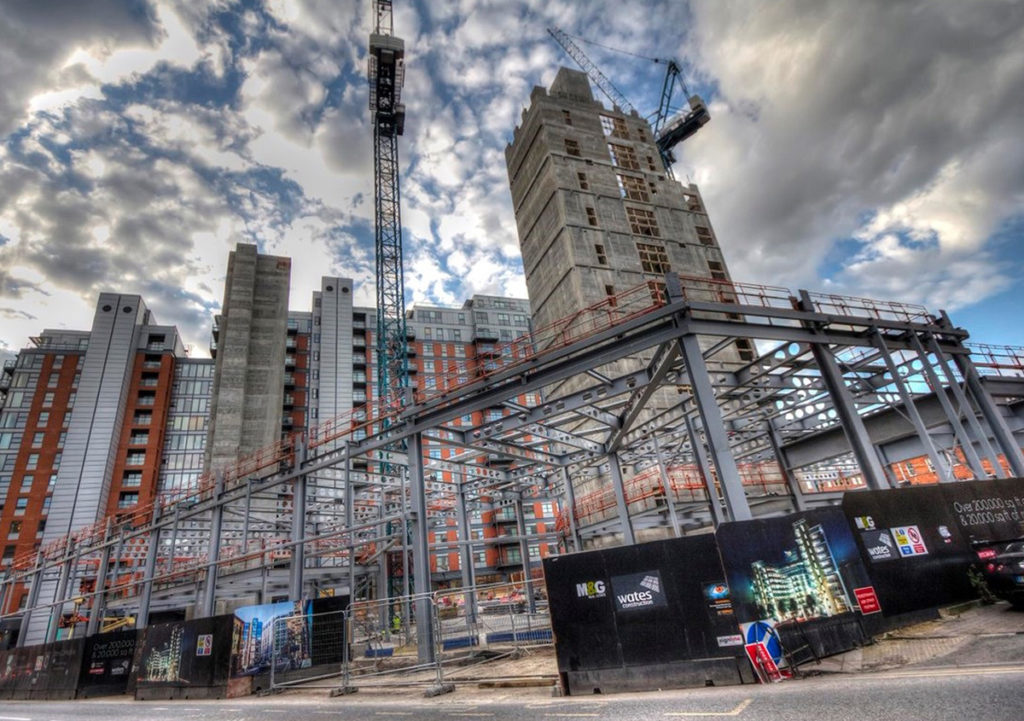Low cost = high value? Not so. High value means a comprehensive, pragmatic and sustainable construction
Value can mean different things to different people depending on context. Price. Principles. Worth. Or all of those things?
Value engineering can be – and more. Historically, value engineering has been hijacked as a by-word for cost-cutting or even cutting corners by contractors caring little for the whole-life value, nor social responsibility, of a building.
Instead, it should mean understanding the objectives, opportunities, risks and restrictions of a project then agreeing a budget that delivers value based on these. Rather than starting out with price and hoping everything else fits to that.
By working in this way, a contractor can add, rather than compromise, value.
And of course, if the budget for a project is a core objective, risk or restriction – working on a time- or cost-sensitive public sector project, for example – the natural ability to deliver value engineering, from how you think to how you work, including using processes like BIM, will ensure the final bill matches build quality.
Across the construction sector – where standards are high, that is – value added is generally held to be the ratio between the function of a project and the whole-life cost of that function; what you get compared to what you pay.
Adding value should happen at every stage of a project, from conception to completion, so naturally for each contractor it should be every department’s responsibility.
There are a number of areas where a steelwork contractor can add value. It could be through specialist technical guidance or pre-construction or project management support, delivering ongoing maintenance information for end-users, or recommending additional external expertise for a build.
Clearly, to deliver value engineering, both breadth and depth of experience are required. A good contractor will identify all key elements of a project, be able to analyse the functions of each element and then offer and assess alternative solutions to deliver the function within requirements such as budget or deadline.
For example, estimating departments should be making educated assessments based on information like connections and fabrication rates, rather than just based on tonnage alone; taking into account not only initial and installation costs but also maintenance, repair or replacement costs or salvage values.
The growth in sophisticated software and tools, such as Tekla and BIM, support this, offering immediate value add by sharing real-time information with all stakeholders and reducing the need for variations or reworks later on in the project.
As well as ‘what’ a contractor does and ‘how’ they work, the ‘when’ is incredibly important too. Bringing in expertise early, to consider everything from weather or weight loading to drainage and utilities, will save on resource in the long-run.
Similarly, by being engaged early on in a project, a good steelwork contractor can contribute to the overall design in a way that reduces later reworking and can reduce costs and overall time spent. Designers should be developing a design with cost, construction and end-use in mind.
We call this ‘the whole of the iceberg’ approach – there’s more to it than meets the eye. It’s similar to the swan analogy – what can be seen often belies the amount of effort going on beneath.
In structural steelwork in particular, there are many aspects that can go unmissed to the untrained eye, but would soon be missed if not competently delivered.
Working with main contractor DSP to complete retail distribution centres for Aldi, we supplied essential steelwork to meet the requirements of a temperature-sensitive building. Both fabrication and installation were critical, ensuring steel, bolts and break pads would be able to tolerate fluctuating or freezing temperatures.
This is also an example of how the correct construction of a building contributes to social responsibility, ensuring the distribution centres can effectively house food and goods to safely feed communities. The main contractor’s due diligence at the tender stage ensured they brought in a contractor whose values matched theirs.
Similarly, working with BAM Construction we delivered structural steelwork to connect to the existing concrete structure of a busy hospital in Liverpool. Careful planning had to go in to ensuring the works, which were taking place next to a live-site, with patients still attending, didn’t create harmful dirt or noise pollution. Often a contractor will deliver value that is never seen by the untrained eye. In this case, it was our responsibility to deliver a project with minimal disruption so little at all was seen, or felt, by the client and its patients.
Again, considerate construction delivered social responsibility by not impacting the hospital’s ability to deliver ongoing, first-rate care.
So, just as a well-designed building is much more than just its aesthetic, a good project is much more than just a ‘good’ price.
Much of the value added to a project might not be visible at all, but the peace of mind this offers to main contractors and commissioners – such as ensuring food is safely delivered to communities or a hospital continues running seamlessly – is invaluable.
Look further than just price in procurement. The added value, through capabilities and quality assurances, within each of the services or departments a contractor delivers, will often add up to be even greater than the sum of their parts.

